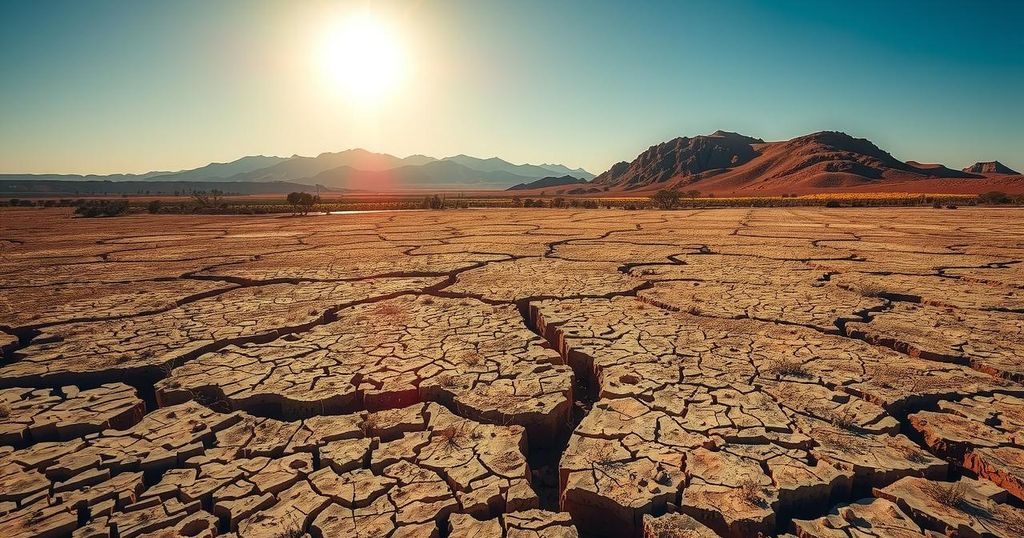Climate change
ASIA, CANADA, CHINA, CLIMATE, CLIMATE CHANGE, COMMUNICATIONS EARTH & ENVIRONMENT JOURNAL, DOUGLAS MARAUN, ENVIROMENTAL_ISSUES, EUROPE, EXTREME WEATHER, GERMANY, GLOBAL WARMING, MARAUN, MEXICO, NORTH AMERICA, PHYS, SIBERIA, U. K, UNIVERSITY OF GRAZ, WEGENER CENTER
Leila Ramsay
0 Comments
Rising Concerns Over Intensified Weather Patterns and Flood Risks
A study reveals that cut-off lows are becoming more intense due to climate change, resulting in increased rainfall and flooding risks, particularly in northern regions. Urgent adaptation measures, including improving infrastructure and natural flood defenses, are critical to manage these evolving weather patterns and mitigate climate impacts.
Recent research published in the journal Communications Earth & Environment indicates that cut-off lows, slow-moving weather systems leading to heavy rain, are intensifying and changing patterns due to climate change. Scientists from the Wegener Center at the University of Graz conducted an analysis of 18 climate models, revealing that these storms are moving northward and occurring earlier in the year. This trend signifies that regions such as Canada, northern Europe, Siberia, and China should anticipate increased rainfall during spring, as stated by project leader Douglas Maraun.
The potential consequences of this shift in rainfall patterns are alarming, as flooding stemming from these storms can inflict significant property damage, infrastructure failure, and loss of lives. Cut-off lows tend to linger, producing excessive rainfall in a single area and overwhelming flood management systems. The recent floods in Germany’s Ahr Valley and central Europe illustrate the devastating impact of these systems, which researchers warn will only intensify.
Preparedness is vital to mitigate flood risks, which involves both reducing emissions and adapting to the impending wetter future. Douglas Maraun emphasizes that implementing strategies such as renaturation and robust early warning systems can provide some protection against extreme weather events. Furthermore, investment in natural flood defenses, like wetland restoration, is crucial for absorbing excess water and reducing heavy rainfall impacts.
Enhancing urban infrastructure, such as the installation of permeable pavements and improved drainage systems, is essential for better management of sudden rainfall events. On a global level, reducing reliance on fossil fuels is also critical in slowing climate change and limiting storm intensifications. Proactive investments in renewable energy, energy efficiency, and reforestation are essential for controlling rising temperatures and, consequently, mitigating the severity of future extreme weather occurrences.
Ultimately, the decisions made today regarding environmental practices will significantly influence our ability to withstand the intensified storms of tomorrow.
In summary, the intensification of cut-off lows due to climate change presents serious implications for global rainfall patterns, particularly in regions not equipped for heavy precipitation. The potential for devastating floods necessitates urgent adaptation actions, including infrastructure upgrades and natural flood defenses. While reducing emissions plays a crucial role in mitigating climate change impacts, the proactive strategies implemented today will shape community resilience against tomorrow’s storms.
Original Source: www.thecooldown.com




Post Comment